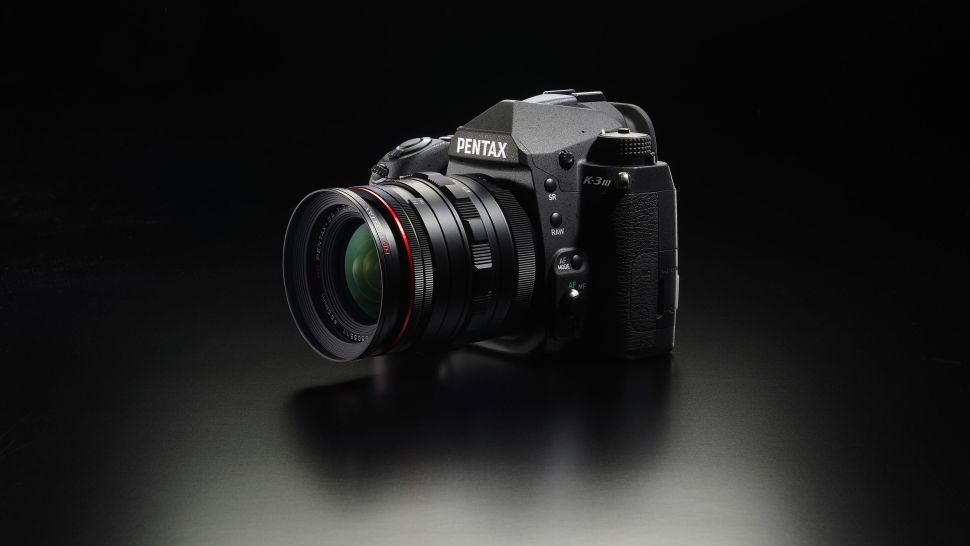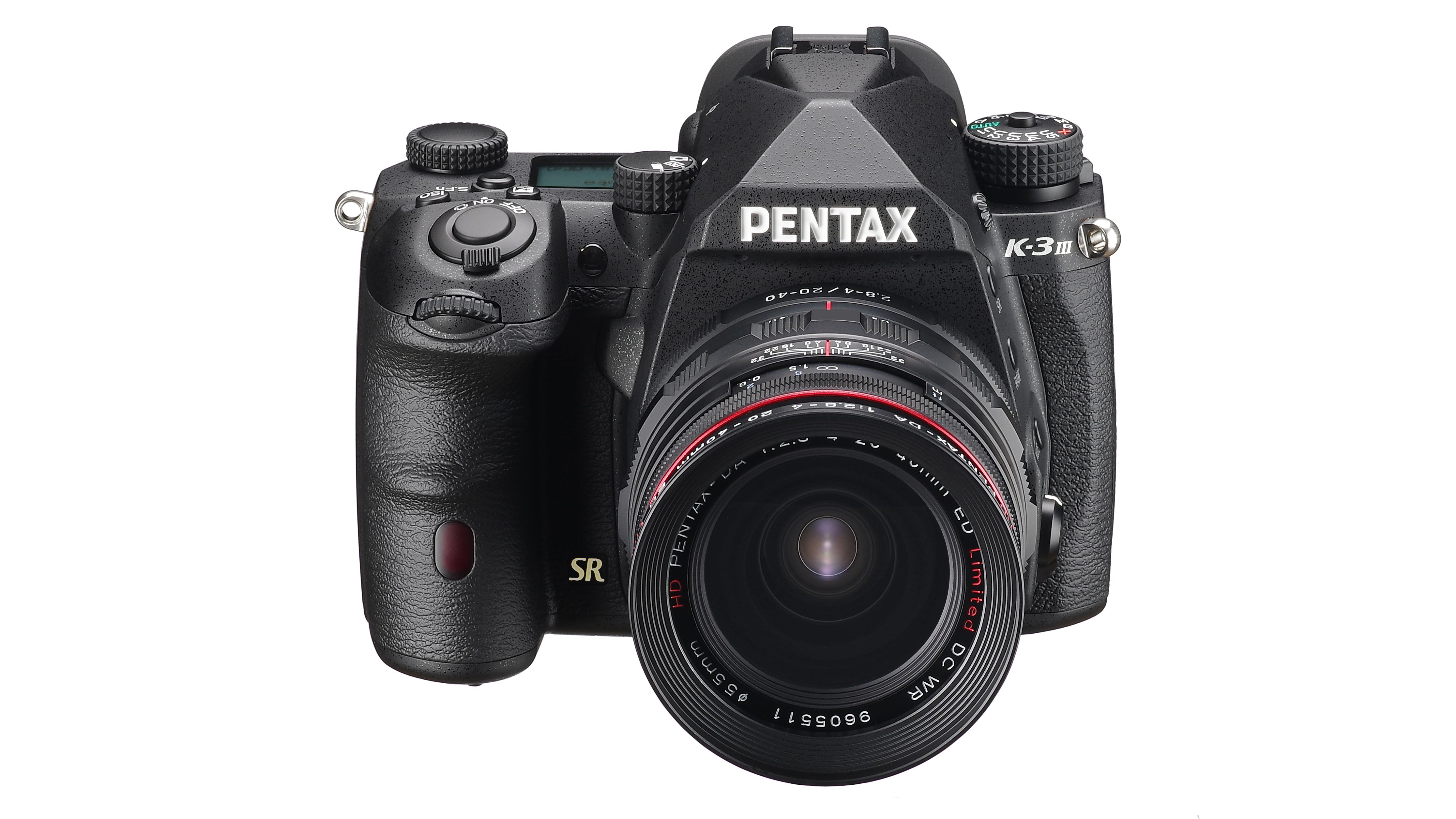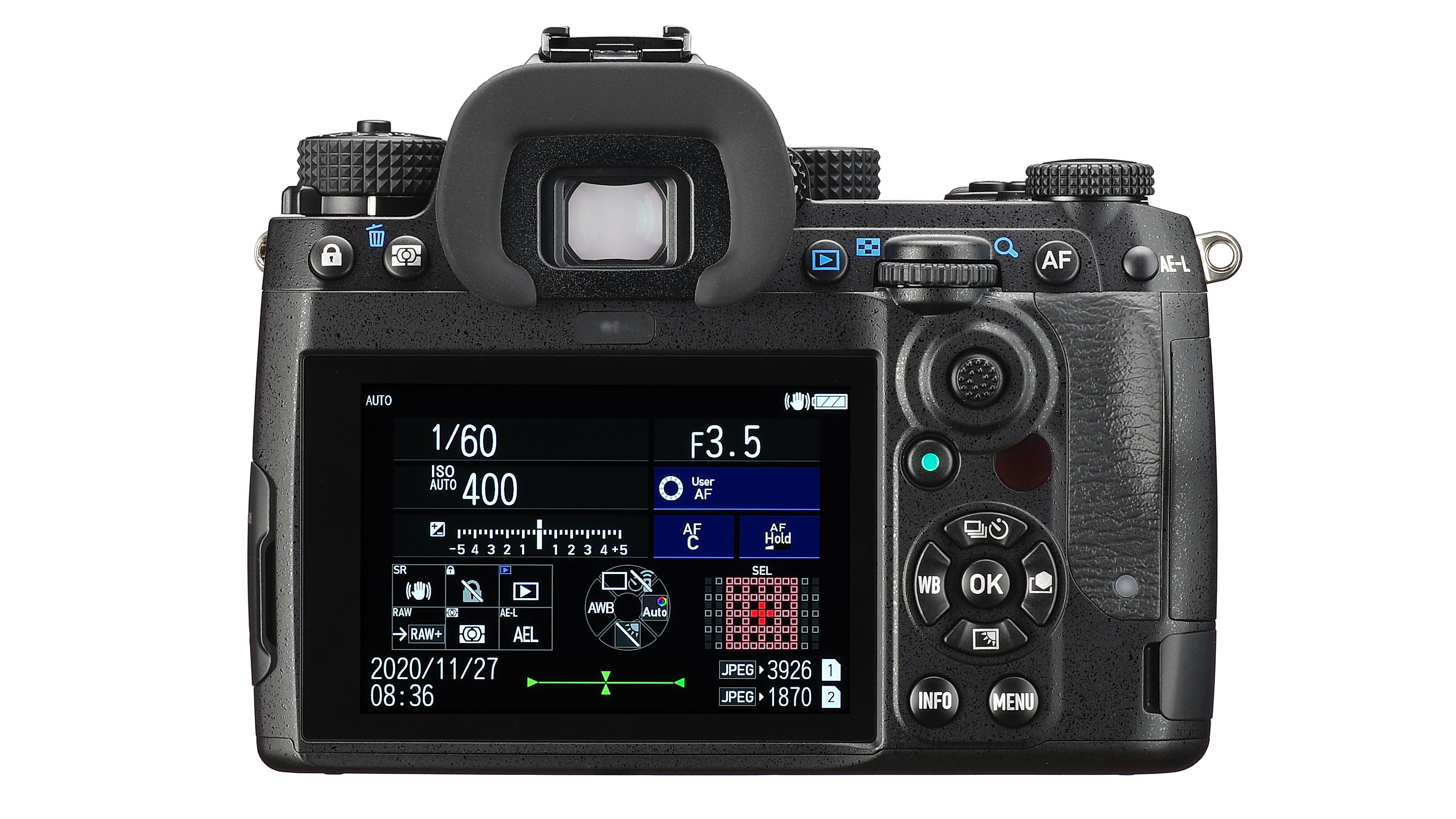The best Pentax K-3 III prices and deals
Get the best Pentax K-3 III price on this DSLR APS-C camera packed full of professional features

If you're looking for the best Pentax K-3 Mark III deals, you've come to the right place. Since its release in April 2021, the Pentax K-3 Mark III has offered latest technology to the APS-C DSLR line-up.
Proving the DSLR is still a highly capable tool, the Pentax K-3 Mark III marries contemporary imaging capabilities with the trusty and familiar design of a digital SLR. Taking the flagship spot in Pentax's APS-C lineup, the K-3 Mark III is characterized by a 25.7MP BSI CMOS sensor, a high-density 101-point AF system, a revised pentaprism optical viewfinder, and an advanced SR II Shake Reduction System. The K-3 Mark III is also distinguished by its robust physical construction and extensive weather sealing for working in harsh weather conditions and climates.
• Check out our Pentax K-3 Mark III review
The improved optical viewfinder provides realistic and detailed eye-level viewing while the rear 3.2" 1.62m-dot touchscreen LCD offers easy control over settings and image review. The K-3 Mark III is also benefitted by dual SD memory card slots, both Wi-Fi and Bluetooth wireless interfaces, and a revised button design for more direct access to exposure and AF point control.
The best Pentax K-3 Mark III deals
The Pentax K-3 Mark III offers the latest tech in a traditional DSLR body
Sensor: 23.3 x 15.5mm APS-C CMOS | Megapixels: 25.73 (6192 x 4128) | Screen: Fixed LCD touchscreen, 1,620,000 dots | Viewfinder: Optical, 100% coverage | Video: UHD 4K at 23.98p, 29.97p, Full HD 1080 at 23.98p, 29.97p, 59.94p | Size: 134.5 x 103.5 x 73.5 mm | Weight (body only): 820g (with battery and memory)
Distinct among DSLRs, an advanced 5-axis SR II Shake Reduction system provides 5.5 stop-effective image stabilization performance with select Pentax lenses. This in-body IS system helps to greatly reduce the appearance of camera shake when shooting handheld at slower shutter speeds, making it easier to work in more difficult lighting conditions.
Beyond controlling camera shake, the SR II mechanism also benefits stills applications by enabling a Pixel Shift Resolution feature and an AA Filter Simulator function. Pixel Shift Resolution shifts the sensor in small increments in sequential shots in order to capture full color information at each pixel site, then composites these sequential frames to produce a single image with richer detail and resolution.
Read more:
DSLR vs mirrorless camera
Best enthusiast camera
Best Pentax camera
Best Pentax lenses
The best camera deals, reviews, product advice, and unmissable photography news, direct to your inbox!

For nearly two decades Sebastian's work has been published internationally. Originally specializing in Equestrianism, his visuals have been used by the leading names in the equestrian industry such as The Fédération Equestre Internationale (FEI), The Jockey Club, Horse & Hound, and many more for various advertising campaigns, books, and pre/post-event highlights.
He is a Fellow of the Royal Society of Arts, holds a Foundation Degree in Equitation Science, and holds a Master of Arts in Publishing. He is a member of Nikon NPS and has been a Nikon user since his film days using a Nikon F5. He saw the digital transition with Nikon's D series cameras and is still, to this day, the youngest member to be elected into BEWA, the British Equestrian Writers' Association.
He is familiar with and shows great interest in 35mm, medium, and large-format photography, using products by Leica, Phase One, Hasselblad, Alpa, and Sinar. Sebastian has also used many cinema cameras from Sony, RED, ARRI, and everything in between. He now spends his spare time using his trusted Leica M-E or Leica M2, shooting Street/Documentary photography as he sees it, usually in Black and White.


